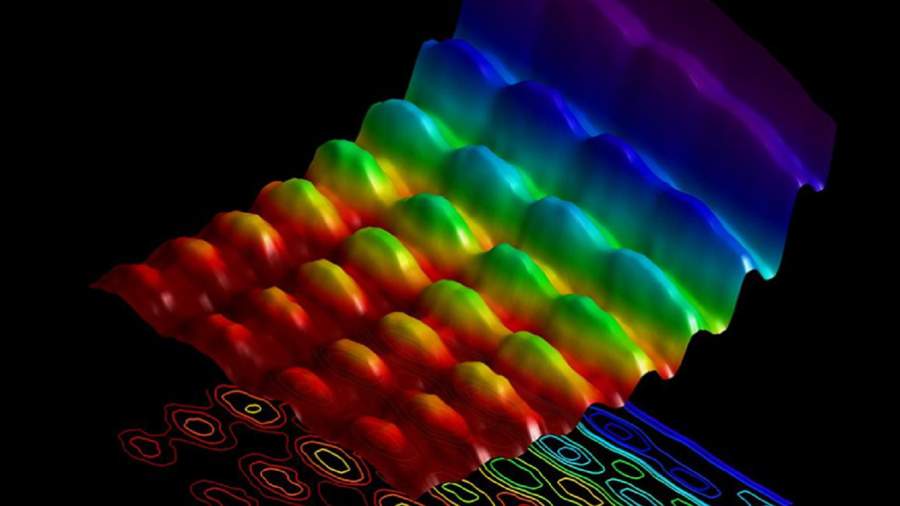
Physics Unit 4 AOS 2 - How are light and matter similar?

This unit is composed of three different modules that can be completed individually (approximately 4 hours each). The modules include:
Physics Unit 4 AOS 2: 2.1 - Behaviour of light
Students will use interactive activities including simulations, videos and apps, to investigate the following:
Diffraction and its limitations
Photoelectric effect
Limitation of the wave model of light in explaining experimental results related to the photoelectric effect.
Physics Unit 4 AOS 2: 2.2 -Matter as particles or waves
Students will use interactive activities including simulations, videos and apps, to investigate the following:
Interpret electron diffraction patterns as evidence for the wave-like nature of matter.
Distinguish between the diffraction patterns produced by photons and electrons.
Calculate the de Broglie wavelength of matter
Physics Unit 4 AOS 2: 2.3 -Similarities between light and matter
Students will use interactive activities including simulations, videos and apps, to:
Compare the momentum of photons and matter travelling with the same wavelength.
Study, interpret and analyse atomic absorption and emission line spectra,
Study quantised states of the atom.
Interpret the single photon/electron double slit experiment.
Explain how diffraction illustrates Heisenberg’s uncertainty principle.
Explain why classical laws of physics are not appropriate to model motion at very small scales.
Compare the production of light from lasers, synchrotrons, LEDs and incandescent lights.
Physics Unit 4 AOS 2 - How are light and matter similar? is available through the following program types. Select a program type to view more information.
Online Portal
Delivered via the Quantum Victoria Online Portal, students can complete the module at their own pace.
To view costs for programs, you need to first find and select your school. Start typing to get started.